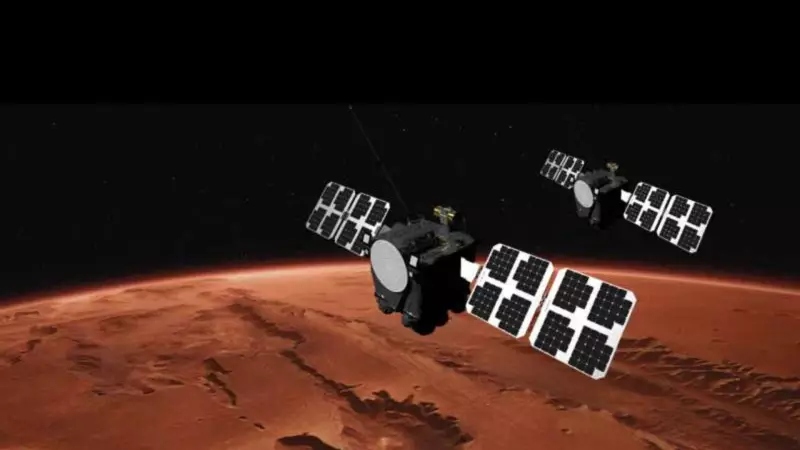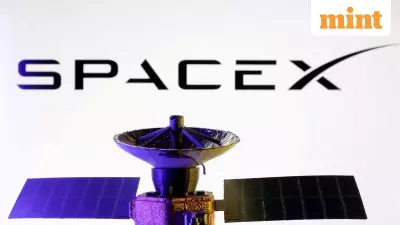
In a revolutionary discovery that could reshape our understanding of Mars and future space exploration, NASA's MAVEN spacecraft has been uncovering the dramatic secrets behind the Red Planet's transformation from a potentially habitable world to the barren landscape we see today.
The Mystery of Mars' Missing Atmosphere
For years, scientists have puzzled over what happened to Mars' once-thick atmosphere that could have supported liquid water and possibly life. The MAVEN (Mars Atmosphere and Volatile EvolutioN) mission, consisting of twin spacecraft working in tandem, has finally provided answers that read like a cosmic thriller.
The findings reveal that solar winds and radiation systematically stripped away Mars' protective atmospheric blanket over billions of years, turning a world that might have resembled early Earth into the cold desert planet we recognize today.
Solar Storms: The Silent Threat to Future Mars Missions
Beyond solving historical mysteries, MAVEN's data carries urgent implications for human exploration. The spacecraft has been monitoring solar activity that poses significant risks to astronauts and equipment during future Mars missions.
"Understanding space weather around Mars is crucial for planning crewed missions," explains Dr. Shannon Curry, MAVEN's principal investigator. "Solar storms can radiation levels and damage electronic systems—we need to predict these events to protect our astronauts."
Key Discoveries That Change Everything
- Mars loses about 2-3 pounds of atmosphere every second to solar wind
- During solar storms, atmospheric loss rates increase by 10-20 times
- The planet's lack of global magnetic field leaves it vulnerable to solar radiation
- Data helps predict safe windows for future human missions
Why This Matters for India's Space Ambitions
For India's growing space program, these findings provide invaluable insights for future interplanetary missions. As ISRO plans more sophisticated Mars missions, understanding the Martian environment becomes increasingly critical.
The research demonstrates how international space exploration benefits all participating nations, with data from American missions informing future Indian ventures to the Red Planet.
As humanity stands on the brink of becoming an interplanetary species, missions like MAVEN are proving that understanding our cosmic neighborhood isn't just scientific curiosity—it's essential preparation for our future among the stars.





